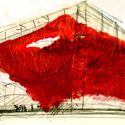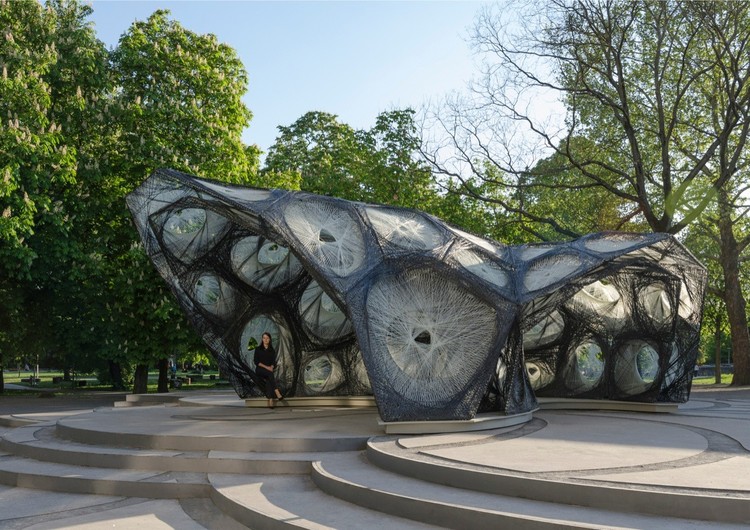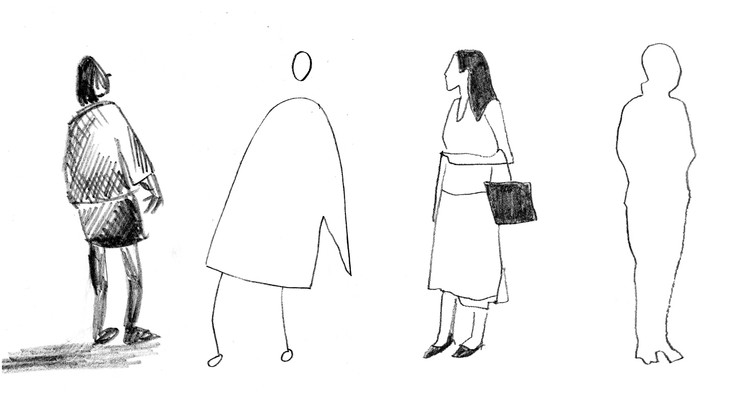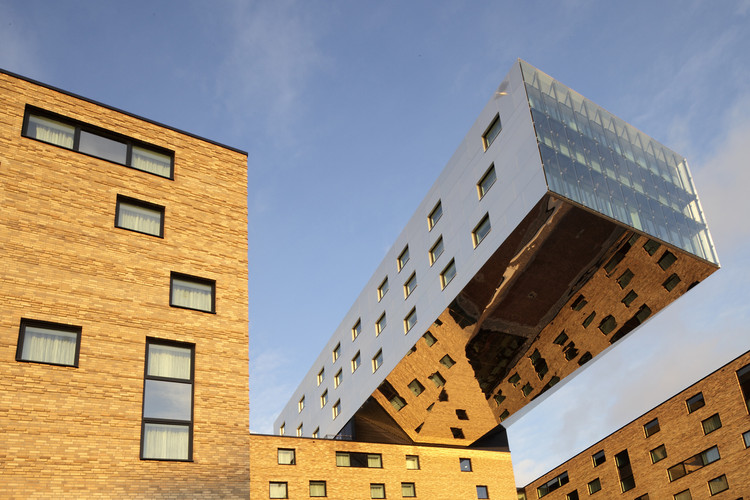
Most visitors to the Galapagos Islands point their cameras towards the exotic animals and away from the local people. They direct their full attention to the natural landscape, as if to intentionally deny the existence of the urban space of the city, since the presence of any form of architecture would seem in logical conflict with the islands’ identity as a protected wildlife reserve.
The architecture of the Galapagos is both a conceptual and physical contradiction. Like a Piranesian joke, the San Cristobal typology of the proto-ruin falls somewhere on a spectrum between construction and dismantlement. With their “permanently unfinished” construction state seemingly in flux, it is unclear whether many of these buildings display a common optimism for vertical expansion or are instead symptoms of a process of urban decay.
























































